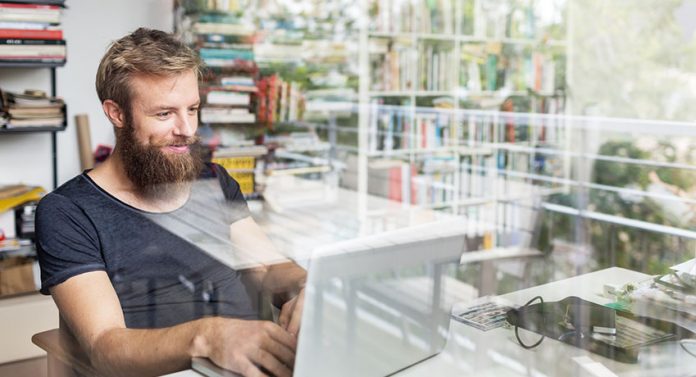In spite of recent political turmoil, the video app TikTok is experiencing a meteoric rise in the U.S. TikTok has about 100 million monthly active U.S. users, up 800% from January 2018 (it has 850 million monthly active users worldwide).
Marketers are eager to engage TikTok’s rapidly growing audience but like any platform, there’s an art and a science to creating content that will resonate on the video app. We spoke with Evan Horowitz, CEO of creative agency Movers + Shakers, which has created some of TikTok’s most viral campaigns, on how to win attention on the lightning-fast platform.
What makes TikTok such a compelling platform for consumers and marketers?
Compelling is a good word for it. We’ve just seen a meteoric rise and usage of the app. I mean, a couple of years ago, no one had ever heard of it. Pretty much all of Gen Z was on it and extremely active spending more time on there than any other social app. And this year it’s growing so fast that it makes the previous year’s growth look sleepy.
Quarantine has led a lot to that just with people being at home more, but we’ve seen TikTok age up faster than any platform in history. So now most millennials are quite engaged in the app. Even beyond that, I think it’s really driven by a unique environment that TikTok has created. It’s extremely entertaining.
And I think that’s what you’ll notice when you first download the app, the TikTok algorithm does a great job of really learning who you are and what your interests are, and starts very quickly show you things that you’ll enjoy. Similar to how the YouTube algorithm is recommending content for you, but TikTok I think just does an even better job than YouTube and within minutes to hours of spending time on TikTok, you’ll find yourself drawn in.
You’ve seen a lot of success on TikTok. The Eyes Lips Face (e.l.f) campaign garnered over 5 billion views and millions of user-generated videos.
As an agency, Movers + Shakers has had over 60 billion views now on our TikTok campaigns…still trying to get my head around that. I think that that speaks to our success, but also speaks to the power of TikTok to create engagement on a scale that we’ve never seen possible on any other platform.
We first heard the news that TikTok would be banned from app stores. And now we learn that the app will be spun off from its parent firm ByteDance, Oracle will become TikTok’s cloud provider while Walmart will harness its omnichannel retail capabilities. What does all of this mean for brands using the app?
I don’t think it really means that much for marketers. The new partners just ensure that stability that I think we’re all looking for from a political standpoint, so that we can continue to just do the great work we’re doing and from a marketing front and from a consumer perspective, it’s just business as usual.
What are your thoughts on TikTok as an AI-driven platform and what do you think its lasting impact would be on social networks and brand marketing?
TikTok has definitely changed the dynamic of social networks. Artificial intelligence is a huge part of that. You know, when we were talking earlier about the algorithm and how smart the algorithm is, it’s just better than any other social media platforms’ algorithm for learning about people and showing you things that you love. So one of the really interesting things about TikTok is if you take my phone and you open my TikTok app, and if you take your phone and you open your TikTok app, you wouldn’t even think you’re on the same app. It’s just going to feel so different. One person is going to see tons of puppies and baseball and cooking. Somebody else is going to see basketball and beauty and car repairs. All of these communities exist and TikTok quickly gets a sense of what you’re into and funnels you into these places and that’s all through their AI.














